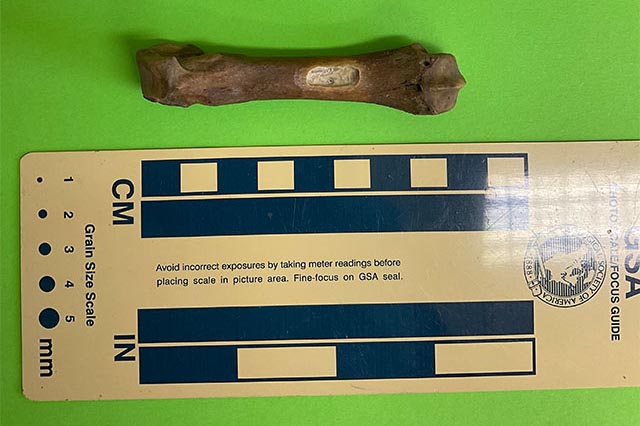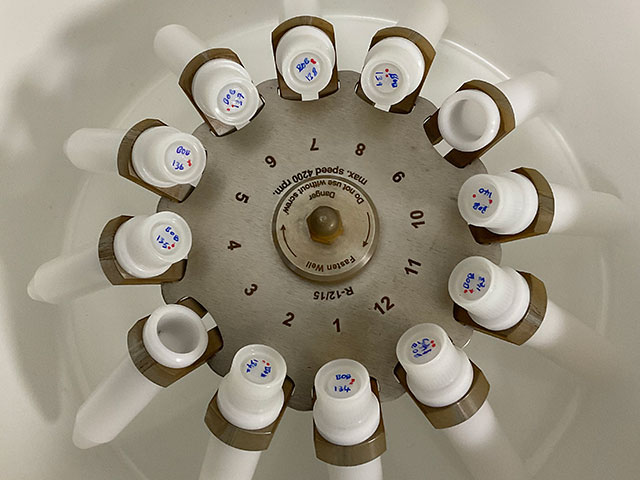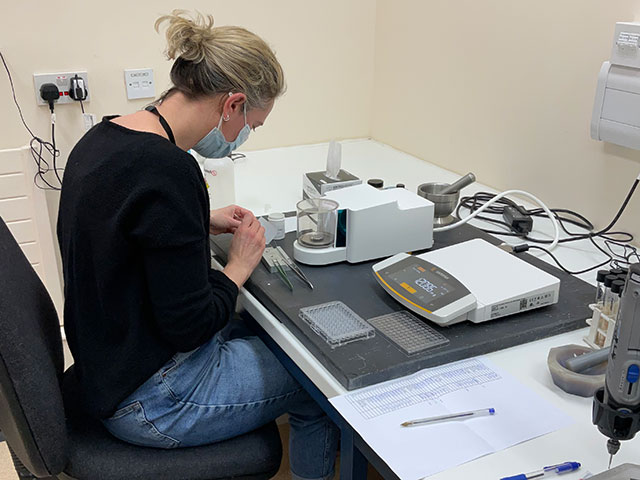Exploring animal diets in Shakespeare’s London
The ‘Box office bears’ project aims to understand more about the bears that were once a common sight in England. Prof Hannah O’Regan and Dr Lizzie Wright from the University of Nottingham explain what the project entails.
31/03/2023
Believe it or not, bears were a common sight in England in the early modern period (c. AD1549 – 1700). They were imported for the cruel sport of animal baiting, where dogs were made to fight other animals for human entertainment. In order for baiting to happen, many bears and dogs were brought together. During excavations, our project partners, the Museum of London Archaeology (MOLA), found the bones of these animals in Southwark on the south bank of the Thames.
Our research project, ‘Box office bears: animal baiting in early modern England’ funded by the Arts and Humanities Research Council (AHRC), is looking at this understudied subject and the remains of the animals themselves. References to baiting are found throughout Shakespeare’s plays and Dr Callan Davies on our project has drawn together over 1200 archival records on the topic. Baiting was clearly big business, with the Masters of the King’s Game (appointed by the monarch of the day) overseeing the ownership and licenses of all bears in the country.


In collaboration with Dr Angela Lamb at BGS, we are examining the diets of the animals found at Bankside, as archival records at Dulwich College suggest the bears were being fed both ‘bread’ and ‘meat’. Stable isotope analysis of nitrogen and carbon in their bone collagen will help us to understand what the bears were eating at the time, as animals fed on meat will have a higher nitrogen isotope value than those fed on bread. This will tell us about how they were cared for and give us an insight into their daily lives. The diet of bears is also important as it determines whether or not they hibernate. We are also investigating what the dogs were being fed. Both bears and dogs are omnivorous, so they can eat a wide variety of foods.

Bears in the centrifuge. BGS © UKRI.
Dr Lizzie Wright and Prof Hannah O’Regan from the Department of Classics and Archaeology at the University of Nottingham prepared over 100 collagen samples from dogs, bears, cattle and horses from the collections at MOLA and the Museum of London. After 14 months, the final results of our analyses have just come off the mass spectrometer, so we expect to be able to answer our queries about diet in the very near future. Keep an eye out for research updates on the Box office bears website as the project progresses and watch out for the exhibition ‘Bears! Nature, culture and beyond’ opening at the University of Nottingham Archaeology Museum at Lakeside in July 2023!

Dr Lizzie Wright studying the bear remains at BGS. BGS © UKRI.
Acknowledgements
Thank you to MOLA and the Museum of London for permission to study and take samples of the bones. Thank you to Holly Miller for training and advice on collagen extraction. Huge thanks to the AHRC for funding our work.
About the authors
Prof Hannah O’Regan, professor of archaeology and palaeoecology, University of Nottingham
Dr Lizzie Wright, research fellow archaeozoology, University of Nottingham


